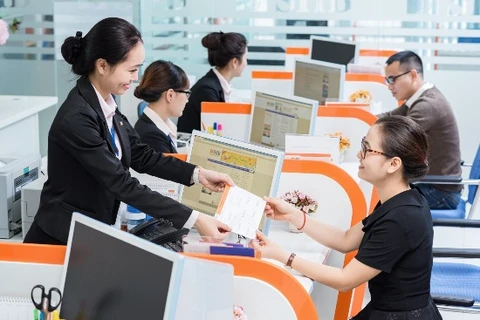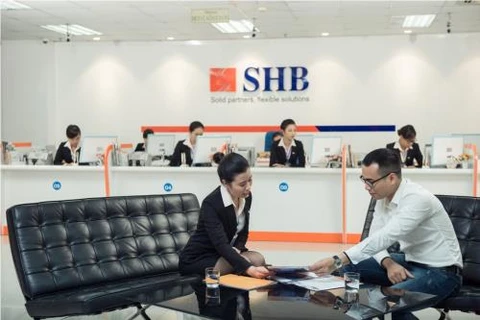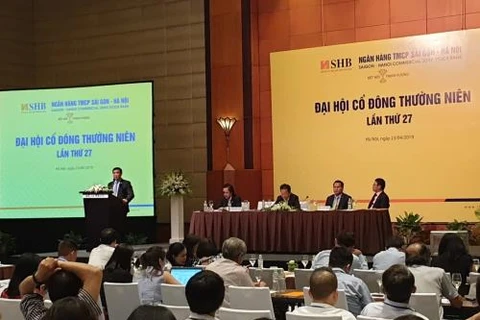 Moody’s Investors Services has recently affirmed Sai Gon-Hanoi Commercial Joint Stock Bank (SHB) B2 long-term local and foreign currency deposit ratings.
Moody’s Investors Services has recently affirmed Sai Gon-Hanoi Commercial Joint Stock Bank (SHB) B2 long-term local and foreign currency deposit ratings.(Photo: cafef.vn)
Hanoi (VNA) – Moody’s Investors Services has recently affirmed Sai Gon-Hanoi Commercial Joint Stock Bank (SHB) B2 long-term local and foreign currency deposit ratings.
The US credit rating agency rated B3 for the bank’s baseline credit assessment (BCA) and adjusted BCA, and announced the bank’s B1/NP local and foreign currency Counterparty Risk Ratings, and B1(cr)/NP(cr) Counterparty Risk Assessment.
Moody’s said the outlook on SHB’s long-term ratings is stable.
The ratings are one-notch uplift based on Moody’s assessment of a moderate probability of support from the Vietnamese Government in times of need.
Meanwhile, SHB’s B3 BCA considers its weak asset quality, which is strained by its large stock of legacy problem assets, modest profitability as a result of high credit costs and poor capitalisation.
The bank’s credit growth higher than the system’s average during 2014-2017, coupled with large exposure to cyclical sectors like agriculture, construction and real estate posed further downside risks to its asset quality.
As of the end of 2018, SHB’s problem loan ratio was stable from a year earlier at 7.8 percent. In Vietnam, Moody's defines problem loans as loans under categories 2-5 of Vietnamese accounting standards, and gross bonds issued by the Vietnam Asset Management Company (VAMC).
SHB's return on tangible assets improved mildly to 0.59 percent in 2018 from 0.54 percent in 2017. Total revenue improved in line with loan growth and margin expansion, although the improvement was offset by high operating and credit costs.
Moody's expects SHB's profitability to hover at current levels as the bank continues to make provisions against its large stock of problem assets.-VNA
VNA
























